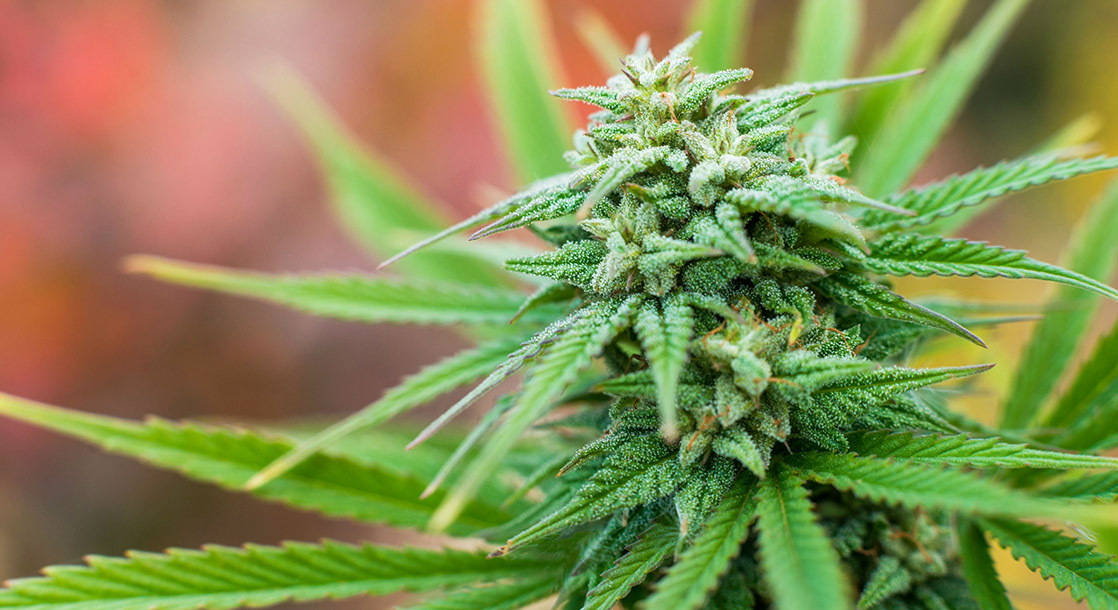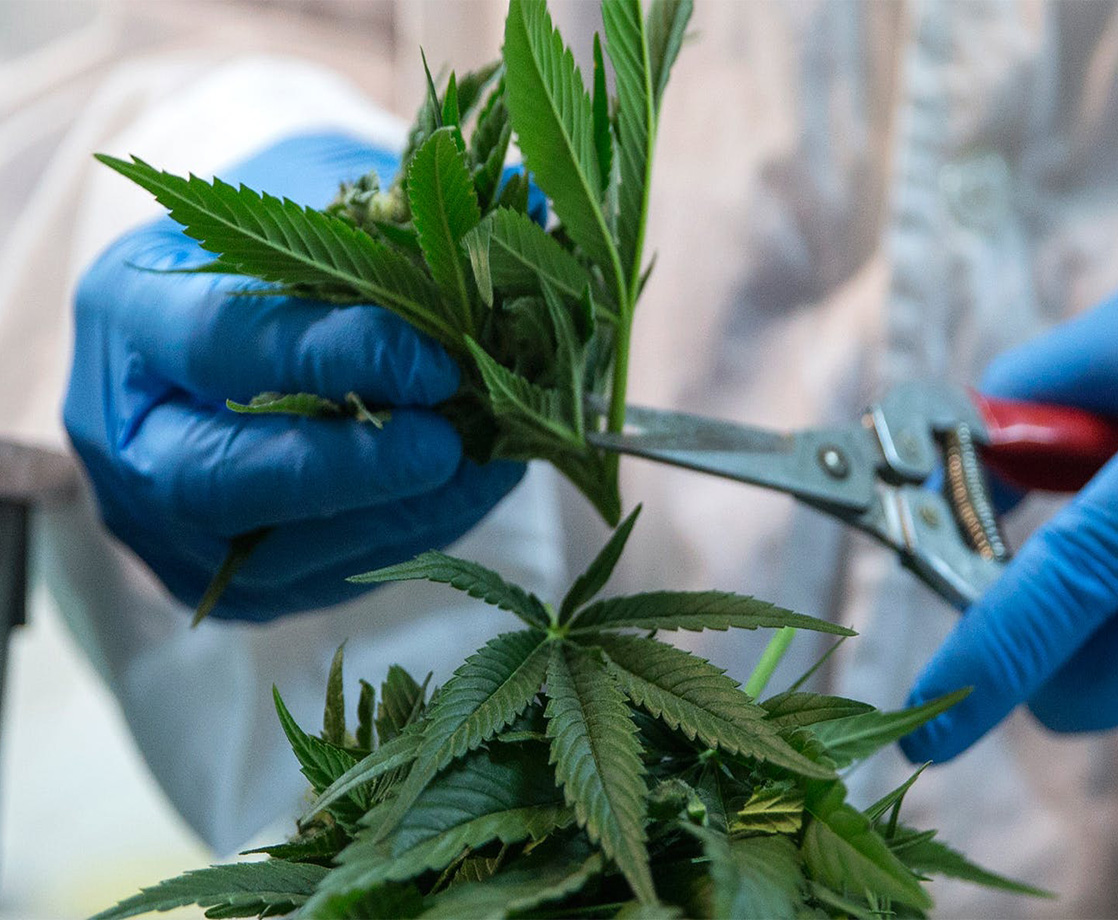To hear some speak of “sinsemilla,” you’d think they were discussing the lost city of gold. Though people have searched high and low for sweet sinsemilla flowers for decades, many remain confused about what, precisely, the term describes.
Unlike El Dorado, however, sinsemilla is no myth.
In order to understand how this term — which, in its most general usage describes high-quality, seedless cannabis — has been used since it came into vogue in the ’70s, we must first engage in a brief etymology lesson. In Spanish, sinsemilla literally combines the words for “without” (“sin”) and “seed” (“semilla”) to describe cannabis flowers that, you guessed it, have no seeds.
Nowadays, we may scoff at the idea that cannabis was anointed with such high praise simply for being seed-free, but the legal climate 50 years ago meant that plenty of people were taking home baggies rife with seeds, sticks, and stems. Beyond the quality measure cannabis sans-seeds provided, there is also a scientific aspect to this specific bit of ganja grammar.
Given that seeds indicate fertilization, sinsemilla cannabis comes from female cannabis plants that were not fertilized. That’s important because female cannabis plants that are not given a chance to fertilize often repurpose the energy they’d normally be using to produce seeds. Without fertilization, they instead redirect that precious energy into producing higher quantities of resin that’s rich in the compounds we’ve come to love most (THC, CBD, terpenes, etc.).
Thus, sinsemilla is not a specific strain, but instead a characteristic of how cannabis is grown.
For weed to be sinsemilla, it must be seedless. In addition, the term usually describes flower that is sufficiently dried, trimmed, and cured. Again, these are basic expectations for any cannabis that one is likely to find on the shelves of a licensed dispensary, but in bygone eras, sinsemilla was as much a shorthand for “high-quality pot” as it was a specific descriptor for any one thing.
Furthermore, there is also some debate about if sinsemilla actually constitutes a “rare” THC treat. Again, the logistics of the day and age when the term first gained widespread popularity offer us our most telling clues. To ensure female plants don’t interact with male plants (and remain unfertilized), advances like controlled greenhouses and female clones (or feminized seeds) make it far easier today to ensure an all-female crop than those that grew in the ‘70s.
To that end, it makes sense that sinesemilla came to be considered rare, given growing conditions in the US were far less ideal prior to the advent of medical marijuana and adult-use sales. Now that sinsemilla is no longer difficult to come by, the term can genuinely be applied to any seedless, visually impressive cannabis with decent potency and, ideally, a sweet taste.
So, really, throughout its history, the concept of sinsemilla has never really changed: It simply means you’re about to smoke some truly great weed.
Follow Zack Ruskin on Twitter











